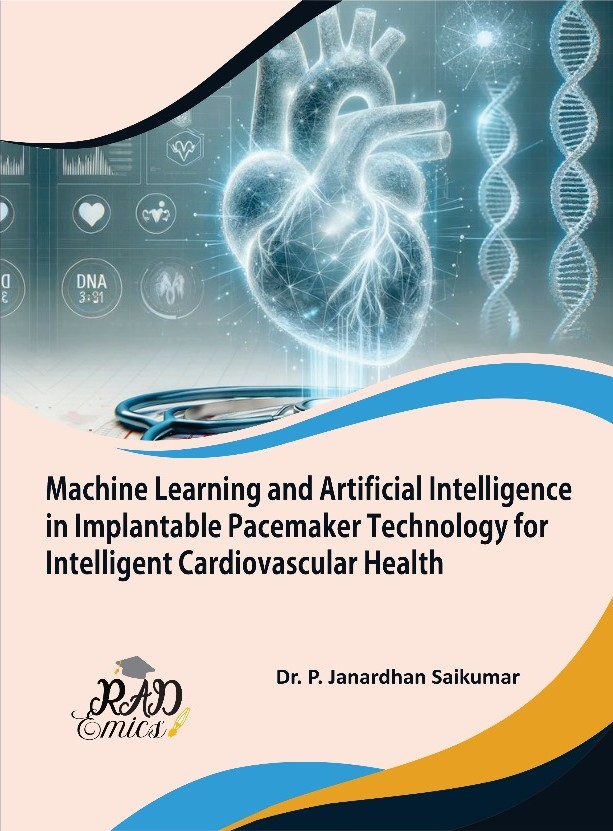
Abstract
Continuous ECG monitoring is central to modern cardiovascular healthcare, yet real-world ECG recordings often suffer from various noise sources that compromise signal quality and diagnostic reliability. Classical signal processing techniques provide useful solutions but struggle to adapt to unpredictable, non-stationary noise in ambulatory settings. Recent advances in machine learning offer powerful alternatives by enabling models to learn noise characteristics directly from diverse data and preserve clinically relevant features. This chapter explores foundational and advanced machine learning frameworks for ECG denoising and feature extraction, including convolutional neural networks, recurrent models, transformer architectures, and hybrid end-to-end pipelines. Emphasis is placed on how these models learn to balance noise suppression with waveform fidelity, adapt to different patient conditions, and integrate with wearable and edge devices for real-time monitoring. Key research gaps in dataset availability, benchmarking protocols, interpretability, and resource-efficient deployment are highlighted to guide future work. By examining both classical algorithms and modern data-driven approaches, this chapter provides a comprehensive overview of current capabilities and open challenges in building robust, trustworthy ECG analysis systems. The insights presented aim to support the development of next-generation solutions for remote cardiac care and personalized health monitoring.
Introduction
The electrocardiogram (ECG) remains a cornerstone of non-invasive cardiac assessment, capturing the heart’s electrical activity in real time and providing critical insights into arrhythmias [1], ischemia, and other cardiac disorders [2]. With the growing adoption of wearable devices and remote health monitoring systems [3], ECG signals are now collected in diverse real-world environments beyond clinical settings. This expansion brings new opportunities for continuous cardiac care but also presents significant technical challenges [4]. One of the most persistent challenges is the presence of noise and artifacts that distort the true cardiac waveform, complicating the extraction of reliable diagnostic features [5].
Noise in ECG signals can originate from a variety of sources, including patient movement [6], muscle contractions, poor electrode contact, and electromagnetic interference from surrounding equipment [7]. These artifacts can mask subtle waveform components, introduce false peaks, or distort intervals critical for diagnosis [8]. Traditional signal processing methods, such as bandpass filtering and adaptive thresholding, have provided valuable solutions for decades but often fail to cope with highly variable and non-stationary noise [9]. Such limitations become even more pronounced in long-term, ambulatory recordings where signal quality fluctuates continuously [10].
Advancements in machine learning have sparked new possibilities for tackling ECG noise reduction and feature extraction more effectively [11]. By learning complex relationships directly from large datasets [12], machine learning models can adapt to diverse noise profiles and preserve clinically meaningful details that might be lost with static filtering [13]. Convolutional neural networks (CNNs), recurrent neural networks (RNNs) [14], and more recent transformer-based architectures have demonstrated impressive capabilities in enhancing ECG signal quality while simultaneously identifying key waveform features such as QRS complexes, P and T waves, and rhythm irregularities [15].